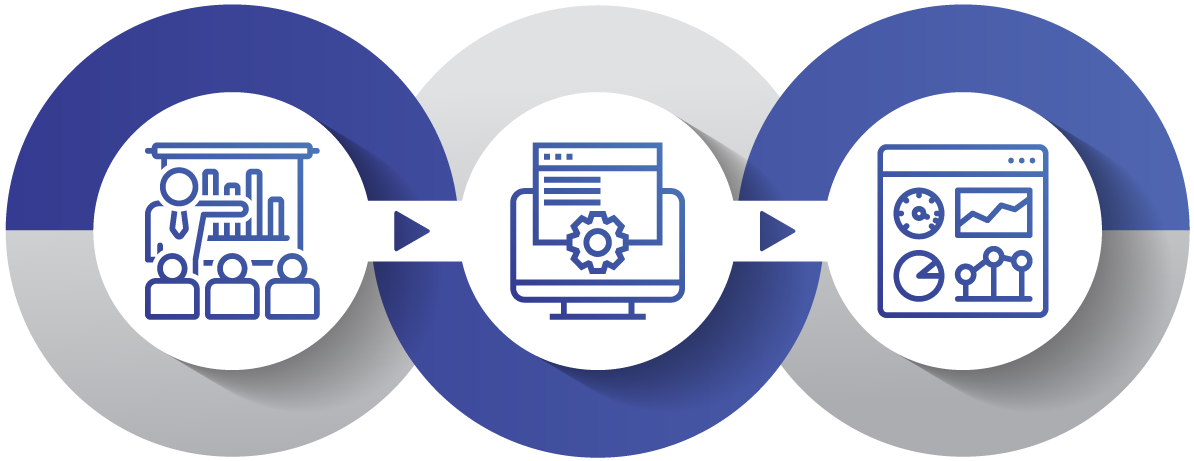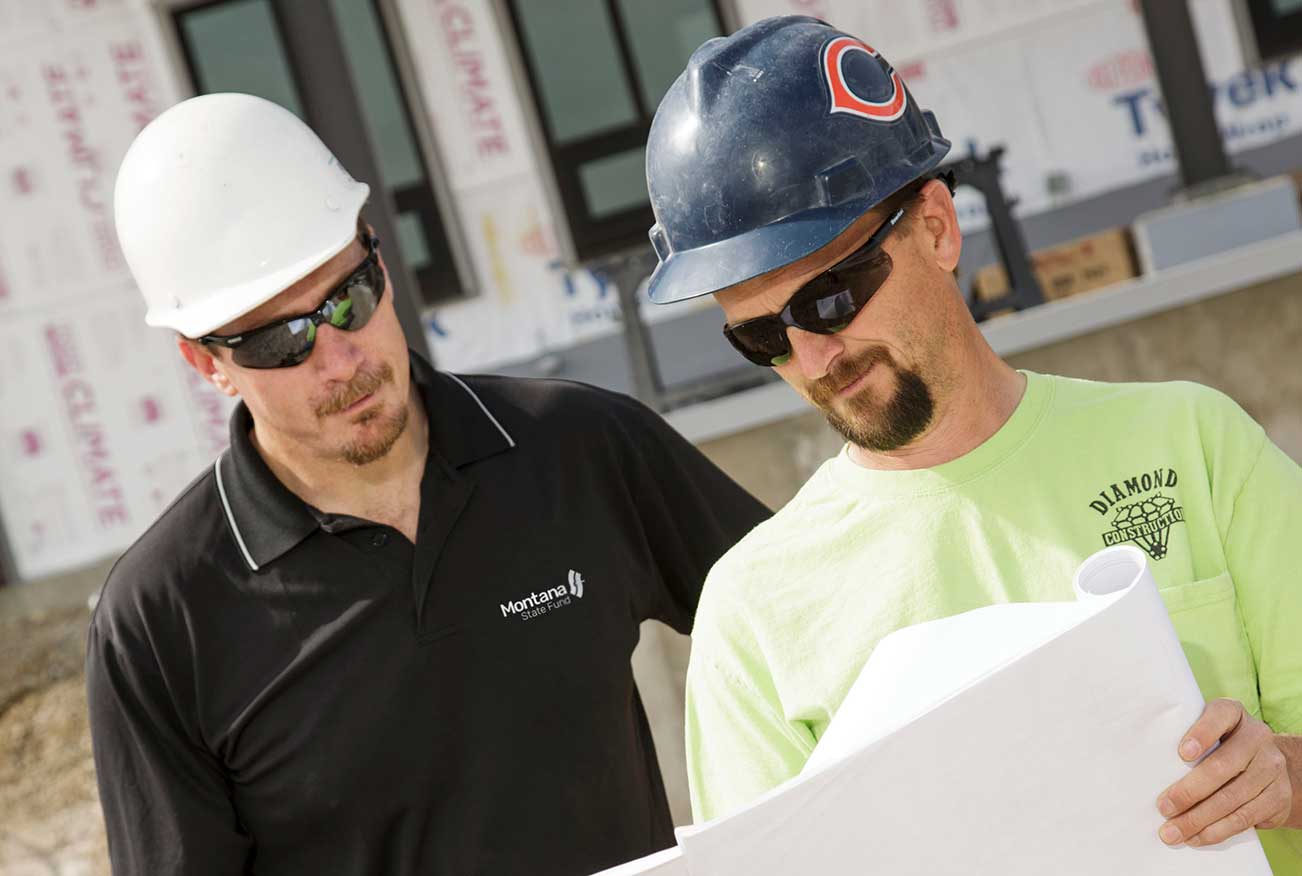Protecting work to protect Montana.
Safety 101:
See the simple steps to building a safety program in your workplace.


Safety Workshops
Did you know that claims from newly hired employees within the first year of employment account for a disproportionate number of total claims? Learn more at our free safety workshops.

Construction Safety
While each trade has its own distinct safety measures, as a contractor, site foreman or crew lead, you can take a high-level view of job site safety and save an arm and a leg on injuries … and actual arms and legs (and eyes and ears too).
MONTANA SAFETY STORIES
See how companies in every industry use safety to raise efficiency and productivity too.
MORE SAFETY STORIES
FEATURED WORKPLACE SAFETY TOPICS
In five minutes or less, our workplace safety videos cover the most common risks that can slow you down.
Explore Workplace Safety Topics
AGRICULTURAL SAFETY
When your workplace is one of the many farms or fields in Montana, the dangers you face aren’t just numerous, they’re life-threatening. That’s because we can control fewer elements of agricultural work. Weather. Livestock. Terrain. Nature is powerful, and the machines we use to manage it are enormous and technical. All of this requires a heightened awareness of risks and a willingness to take the few extra minutes to make the task at hand as safe as possible. The agriculture “safety culture” in our state is becoming stronger every year, which means it’s okay to speak up, take a minute and be smart about how the work of tending land and raising animals gets done. Read on for more safety info on handling livestock, working with electricity, using chemicals, maintaining manure pits and more.
READ MOREPERSONAL PROTECTIVE EQUIPMENT
Personal Protective Equipment – hard hats, safety goggles, hearing protection, gloves, work boots, high-visibility vests and other equipment – does more than just make it look like you mean business. PPE can also keep you from experiencing painful and debilitating on-the-job injuries. One size definitely does not fit all when it comes to PPE, however. In order to get the most protection from your equipment, it’s important to know how to choose the correct gear for your work, make sure it fits properly and confirm it’s in good working condition.
READ MORELIFTING
Every industry, from child care to construction, has lifting-related hazards. Any action where a person is required to manually move something by lifting, pushing or pulling can cause injuries to numerous parts of the body. But lifting will remain a necessary task in many jobs, so the key is learning proper technique so that a quick task doesn’t result in weeks or years of pain. Look around your workplace. Are people moving items manually? Are they lifting patients, pushing carts or pulling product from shelves? Are they carrying items from one location to another? Do they load customers’ vehicles? Learn more about proper lifting and see how you can help lighten the load.
READ MOREERGONOMICS
Ergonomics are one of the most overlooked issues in workplace safety, yet they affect everyone from the receptionist to the traveling salesman to the line worker at a manufacturing facility. Simply put, the correctly designed work space can ensure back, neck, wrist, shoulder, eye and elbow health. It can reduce the potential for everything from stress headaches to shoulder strain, carpal tunnel to lower back surgeries. Proper ergonomics are often simple and quick to set up. But the benefits they provide can last years in the form of a healthier back or sharper eyesight—the kinds of things that matter in your off-hours even more than at work. Learn more and get started creating a more comfortable and productive work space today.
READ MORE Report an Injury
Report an Injury Get Coverage
Get Coverage Manage Policy
Manage Policy Pay Bill
Pay Bill





